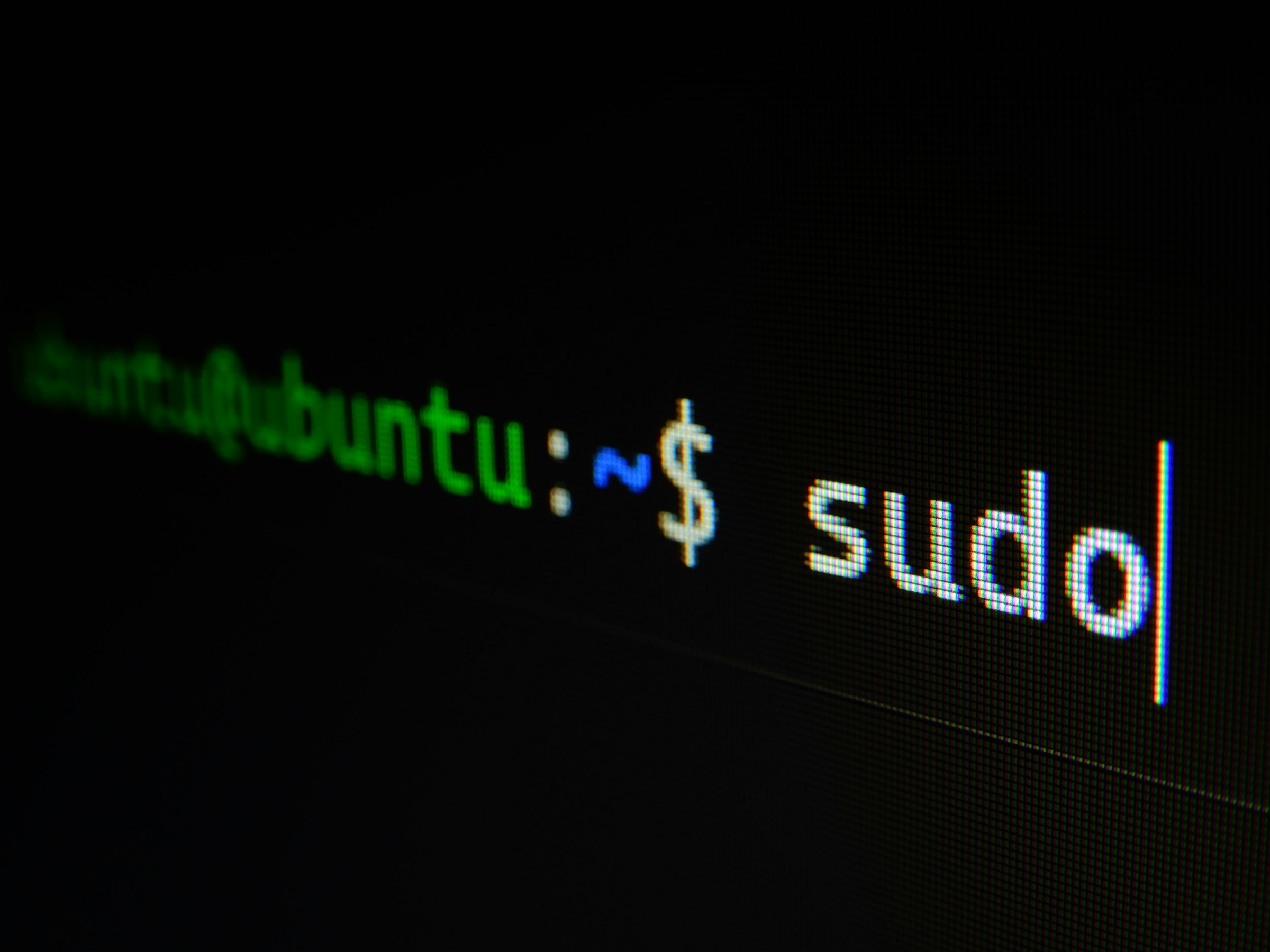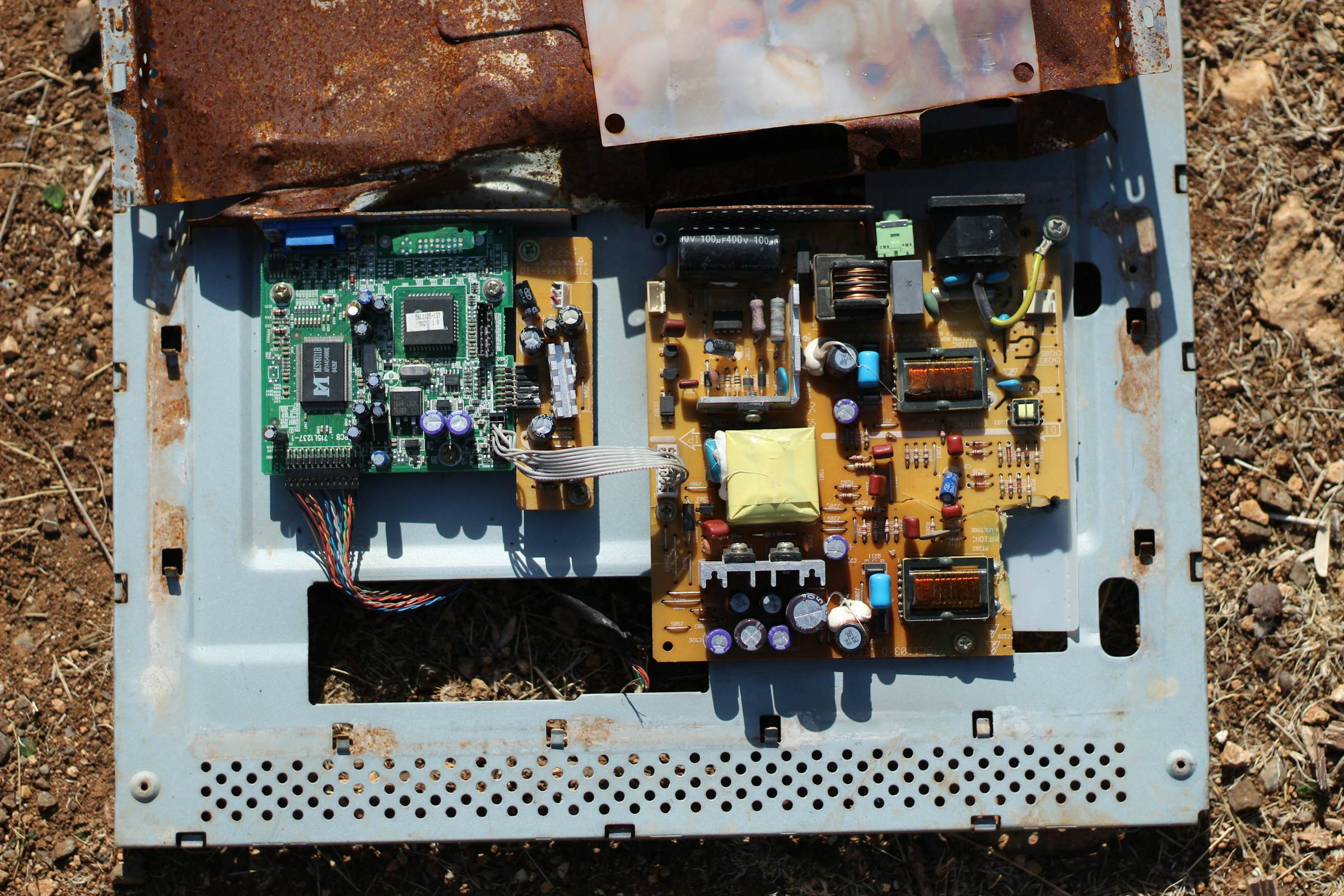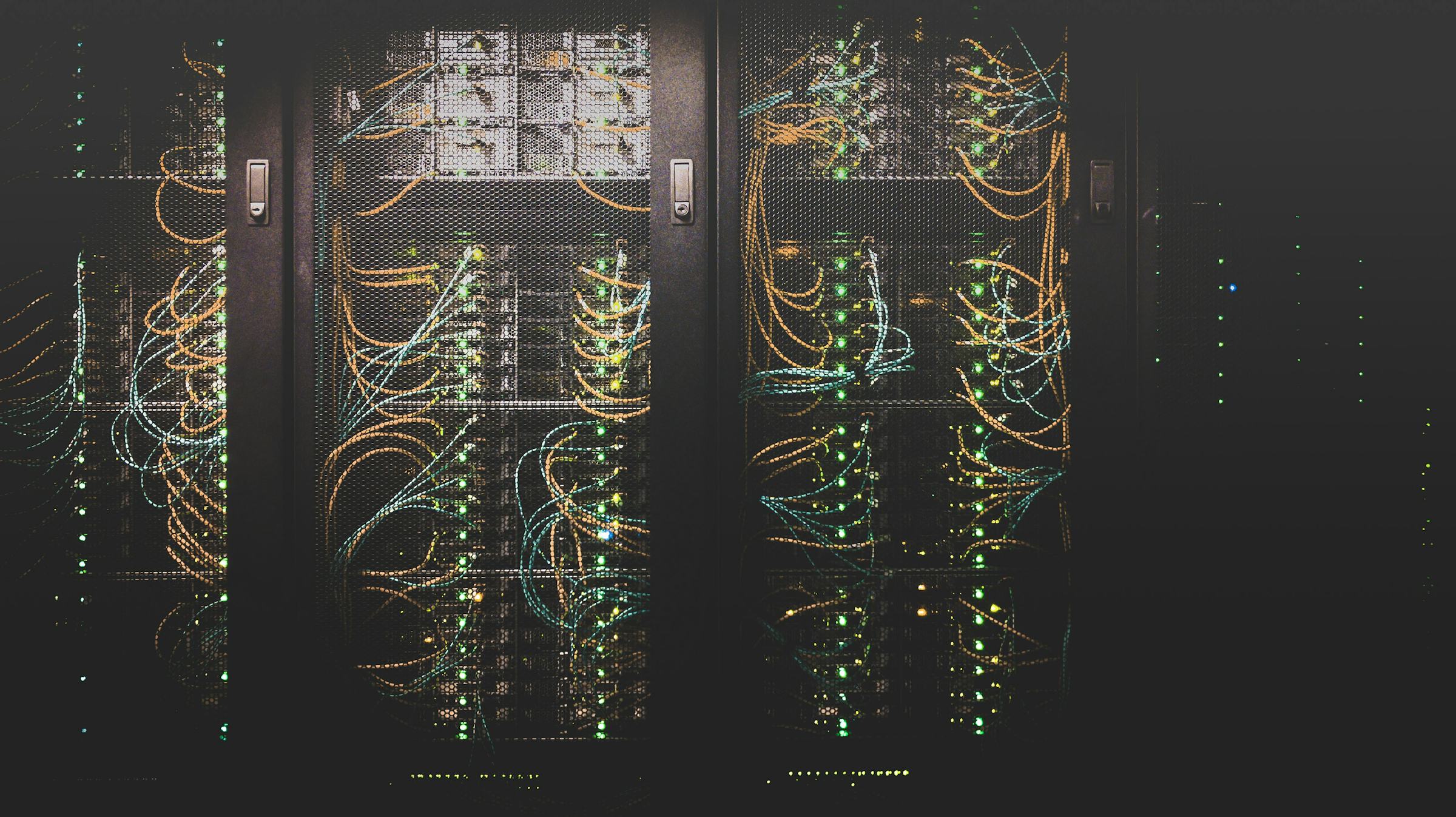
How to build a free website with Astro and Cloudflare Pages using Claude Code
Build a production-grade personal website with zero hosting costs. No DevOps experience needed when Claude Code handles the setup, configuration, and deployment.

Build a production-grade personal website with zero hosting costs. No DevOps experience needed when Claude Code handles the setup, configuration, and deployment.

Forward deployed engineers bridge the gap between software platforms and customer reality. The role fails catastrophically when filled by people without genuine coding skills.

Most AI centers of excellence become permanent bureaucratic bottlenecks that slow adoption instead of accelerating it. The smart ones are designed to dissolve as AI capability spreads throughout your organization, measuring success by how quickly they become unnecessary.

Portfolio projects beat certificates every time. After evaluating 30+ ai certification programs, the data is clear: 78% of hiring managers prefer real experience over credentials. Here is what actually matters for AI roles at mid-size companies.

Universities teach machine learning theory while companies desperately need AI engineers who can ship products to production. Most graduates lack the practical skills employers actually hire for. This curriculum disconnect costs graduates their first jobs and leaves companies perpetually understaffed.

AI systems fail gradually and partially, not in clear binary states like traditional software. The model gives a plausible answer missing crucial context, latency spikes but stays under timeout limits, outputs degrade invisibly. Your error handling must match this complexity.

Most teams train on AI documentation and hope it sticks. What actually works is having team members play the AI while others write prompts - they discover edge cases in 20 minutes that would take hours in courses. Role-playing builds skills that transfer to real work.

Most AI training teaches happy paths. Simulation exercises let teams practice failure in safe environments, building the confidence they need when production inevitably goes wrong. Confidence, not knowledge, is what truly separates teams that use AI from those that fear it.

Most AI strategies are elaborate 50-slide performances designed to impress investors and boards, while the boring operational work that creates actual business value gets completely ignored. The uncomfortable reality is this: genuine success happens in operations, not in innovation theater.

Most teams measure AI wrong - tracking model accuracy instead of business outcomes. This complete guide shows you the four measurement layers that matter, how to design dashboards that drive decisions, and why your infrastructure choice determines what you can measure.

One story about Sarah leaving work on time beats a hundred ROI spreadsheets. Learn how to systematically find, capture, and strategically amplify success stories that overcome skepticism, build peer influence, and accelerate AI adoption across your entire organization. Stories matter.

Most AI budgets focus on software and infrastructure while ignoring the massive human time investment that actually drives costs. Organizations underestimate by 30-40% because they do not count employee hours, integration work, productivity losses, and opportunity costs. Here is a framework for calculating the true total cost of AI implementation.

Most AI tools will not exist in three years. The economics are brutal: point solutions become platform features overnight, and startups burn cash twice as fast as traditional SaaS. Here is how to spot which ones survive and avoid betting your operations on doomed solutions.

Most vendor comparisons obsess over model capabilities while ignoring what actually determines success: whether they will pick up the phone when your implementation breaks at 3am. With 95% of AI pilots failing and over half of executives dissatisfied with vendor support, choosing the right partner matters more than choosing the best model.

Migrated to Azure OpenAI for compliance, then back to OpenAI for innovation speed. Azure is insurance, not improvement. Here is how to choose.

Companies waste millions choosing build or buy based on cost spreadsheets and technical capabilities. The real decision is whether your middle managers understand AI well enough to actually use whatever you build or buy. Without that understanding, both choices fail at the same rate.

The real career threat is not AI replacing you - it is being replaced by someone who learned to work with AI while you did not. This shift forces millions into new roles by 2030. Here is how to build career resilience through human-AI collaboration and position yourself for what comes next.

Chain-of-thought is debugging for AI decisions. Make reasoning transparent, catch errors before they matter, and build trust with teams who need to understand why AI recommended what it did.

Mid-size companies spend tens of thousands annually on workflow tools that fragment their operations. Claude Artifacts offers a different approach - unified AI-powered workspace that handles what used to require multiple subscriptions.

Your codebase sits at 40% test coverage, three people understand your critical systems, and hiring QA engineers costs more than your tooling budget. Claude Code test generation automatically generates comprehensive tests that catch edge cases developers miss, serving as both validation and living documentation for teams too small for dedicated QA but too large to skip testing entirely.

University of Chicago research reveals people learn less from their own failures than successes due to ego protection. The solution is not avoiding mistakes but designing AI training simulations that create safe environments where controlled failure accelerates learning without the psychological cost.

Most universities approach faculty AI training backward - loading technical skills before building confidence. The 80% who feel lost need support systems, not more features. Faculty resistance is rational caution, not obstinacy. Building confidence through peer support and specific use cases works better than comprehensive training programs.

Choosing between knowledge graphs and vector databases is a false choice. Knowledge graphs excel at structured relationships and reasoning, while vector databases handle semantic similarity and unstructured data. The companies getting real value from AI are using both together, and here is how to decide which approach fits your specific problem.

AI frameworks promise to simplify development, but they often add more complexity than they remove through abstraction layers and dependency bloat. LangChain offers flexibility at the cost of overhead, LlamaIndex excels at data connection, while direct API implementation provides clarity and control. Here is when each approach actually makes sense for your team.

Stop thinking 90 days will complete your COBOL to cloud migration. Use that time instead to prove legacy modernization can work, build organizational confidence, and create momentum for the challenging multi-year transformation ahead. That is how successful modernizations actually begin.

Most companies waste millions on failed replacement projects when AI augmentation could modernize legacy systems faster and cheaper without business disruption. Here is how mid-size companies can build intelligent capabilities on top of existing systems instead of expensive rip-and-replace approaches.

Most manufacturers chase predictive maintenance for their first AI project when quality control delivers results ten times faster. Computer vision catches defects humans miss, pays back in months not years, and needs cameras instead of facility-wide sensor networks. Start with quality control and measure real business outcomes immediately.

Most companies measure AI training with quizzes and surveys. But the real question is not what people learned - it is whether they changed how they work. Test scores predict nothing about adoption. Real behavior change takes months to measure, not weeks.

Medical students are using AI without formal training while institutions lag behind. The gap between real-world AI usage and education creates blind spots in how future physicians will work with artificial intelligence and collaborate with AI systems.

Most companies hire for ML skills when they need DevOps expertise. MLOps is 70% production engineering, 30% machine learning. Hire accordingly or your models gather dust in notebooks.